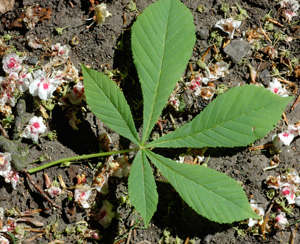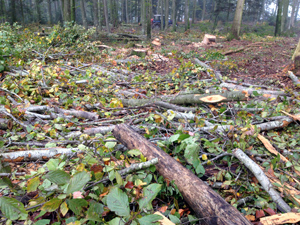Europe’s threatened trees

Recently, the IUCN (International Union for the Conservation of Nature) carried out a survey of the state of trees through Europe, specifically related to their risk of extinction. There are some four hundred native tree species spread across Europe.
Trees are not just essential for life on Earth (generating oxygen through photosynthesis) but they also provide food and habitats for hundreds of species - birds, mammals, insects, spiders etc. The loss of tree species has considerable ‘knock on’ effects in terms of the biodiversity of an area. Trees also provide us with timber and other materials (cork, cellulose, oils).
The survey revealed that 168 species were either classified as vulnerable, endangered or critically endangered - this was particularly true of endemic species. Even certain seeming commonplace species like the horse chestnut [or the many varieties / subspecies of the mountain ash] are under threat. The horse chestnut has been particularly affected by the moth (Cameraria ohridella).
 The IUCN report identifies a number of threats
The IUCN report identifies a number of threats
- pests and diseases (e.g. ash dieback, acute oak decline, emerald ash borer)
- Competition from invasive species
- Deforestation and unsustainable logging
- Changes in land use
- Forest fires
Full details of the European Red List of Trees may be downloaded from the IUCN website as a pdf (click here to download the file).
Comments are closed for this post.
